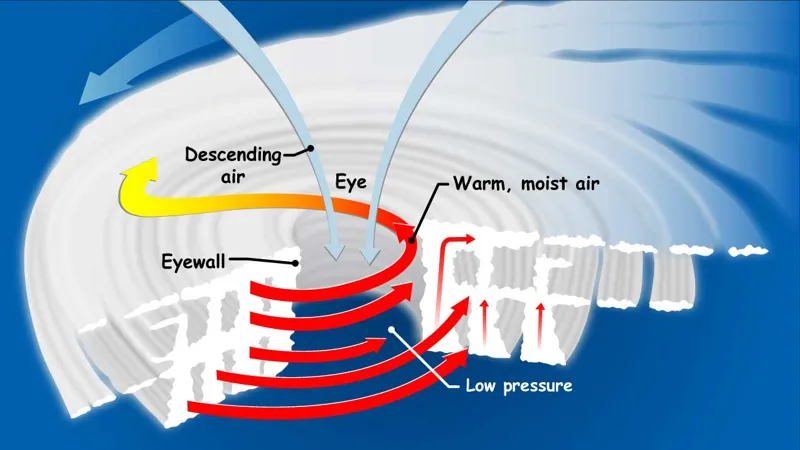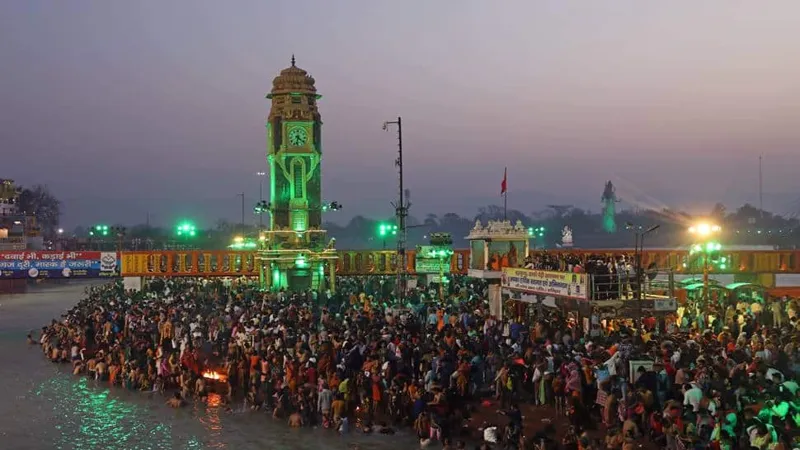As Tropical Cyclone Seedling 96S continues to unleash its fury across Bali, the island grapples with the aftermath of intense winds and torrential rains. With wind speeds surpassing 60 km per hour, local authorities are urging residents and tourists alike to exercise utmost caution. The cyclone’s effects are palpable, leading to localized flooding in popular destinations such as Canggu, Ubud, and Seminyak, significantly disrupting both travel and daily life. As we delve deeper into the unfolding situation, it is crucial to understand the implications of this severe weather and the vital precautions being advised by officials.
| Category | Details |
|---|---|
| Location | Bali |
| Event | Tropical Cyclone Seedling 96S |
| Wind Speed | Exceeding 60 km/h |
| Impact Areas | Canggu, Uluwatu, Ubud, Seminyak, Kuta |
| Flooding Reports | MAJA Spa & Wellness Studio flooded in Canggu |
| Airport Status | Disruptions at I Gusti Ngurah Rai International Airport |
| Flight Disruptions | 11 flights affected |
| Details of Flight Issues | 8 domestic delays, 1 domestic cancellation, 2 international go-arounds |
| Advice from Authorities (Cahyo Nugroho) | Stay vigilant against waterlogging, flooding, landslides, and fallen trees |
| Weather Forecast Dates | February 11th to 13th, 2025 |
| Boat Services Status | Cancellations and delays in fast boat and ferry services |
| Swimming Warning | Avoid swimming in high winds and poor visibility |
| Driver Warnings | Caution advised due to fallen trees and hazards |
| Reported Incidents | 19 major tree-fall incidents, 1 landslide reported |
Overview of Tropical Cyclone Seedling 96S
Tropical Cyclone Seedling 96S has brought significant changes to the weather in Bali. With wind speeds soaring over 60 km per hour, the island is experiencing intense weather conditions. This cyclone has caused heavy rainfall, leading to localized flooding in popular tourist areas like Canggu and Ubud. As a result, the local authorities are urging residents and visitors to stay aware of the weather and take necessary precautions.
The cyclone’s impacts are not just limited to the weather; they are affecting daily life and travel in Bali. Tourists and locals are advised to avoid unnecessary risks and stay indoors when possible. The situation is particularly serious as the cyclone continues to disrupt normal activities, prompting safety measures from agencies like the Meteorology, Climatology, and Geophysics Agency.
Travel Disruptions Due to Severe Weather
Travelers in Bali are facing significant disruptions caused by Tropical Cyclone Seedling 96S. On February 10th, operations at I Gusti Ngurah Rai International Airport were severely affected, with numerous flights delayed or canceled. The General Manager of the airport, Ahmad Syaugi Shahab, confirmed that 11 flights were impacted by the extreme weather, including both domestic and international flights.
Due to the adverse weather conditions, passengers are advised to arrive early at the airport and stay updated with their airlines regarding flight schedules. The coordination between the airport and airlines aims to ensure safe travel during this challenging time. Understanding the situation can help travelers make informed decisions about their journeys.
Impact on Ferry Services and Island Connections
In addition to air travel, ferry and boat services in Bali are facing cancellations and delays due to the rough sea conditions caused by the cyclone. Tourists hoping to travel to nearby islands like Lombok and the Gili Islands must check with their boat providers before heading to the port. This situation has caused frustration for many travelers, as their plans are disrupted.
Safety is the top priority during such extreme weather events. Authorities recommend that tourists stay well-informed and consider rescheduling their trips if necessary. By staying connected with service providers, travelers can ensure their safety while navigating the challenges posed by the cyclone.
Warnings for Tourists at Bali’s Beaches
The Meteorology, Climatology, and Geophysics Agency (BMKG) has issued warnings for tourists planning to visit Bali’s coastal areas. With high winds and poor visibility, swimming is strongly discouraged. Tourists are advised to remain close to the shore and avoid entering the water, particularly at popular beaches like Nusa Dua and Kuta.
These precautions are vital for ensuring the safety of both visitors and locals. By following the guidance of the BMKG, tourists can enjoy Bali’s beautiful beaches while minimizing risks associated with the severe weather. Staying safe should always be the top priority during such unpredictable conditions.
Safety Measures for Residents and Drivers
Residents of Bali are being urged to exercise caution as Tropical Cyclone Seedling 96S continues to affect the island. The weather has caused fallen trees and other hazards, making outdoor activities risky. The authorities recommend that people stay indoors and avoid unnecessary travel until conditions improve.
Drivers are especially cautioned about the dangers of fallen trees and collapsing power poles. The Bali Regional Disaster Management Agency has reported multiple incidents related to the cyclone, and residents are encouraged to stay alert. Being aware of one’s surroundings can help prevent accidents and ensure safety during this challenging time.
Community Response and Support Efforts
In response to the impacts of Tropical Cyclone Seedling 96S, the local community is coming together to support one another. Many organizations are providing assistance to those affected by flooding and travel disruptions. Volunteers are helping clear debris and ensure the safety of roadways, demonstrating the spirit of unity among residents.
Additionally, public information campaigns are being launched to keep everyone informed about safety measures and updates on the weather situation. By working together, the community can better cope with the challenges posed by the cyclone, showing resilience in the face of adversity.
Frequently Asked Questions
What is Tropical Cyclone Seedling 96S and its impact on Bali?
Tropical Cyclone Seedling 96S has caused strong winds over 60 km/h and heavy rain in Bali, leading to flooding and disruptions across the island’s tourism areas.
How should people stay safe during this extreme weather?
Residents and tourists should avoid unnecessary travel, stay indoors when possible, and be cautious of flooding, fallen trees, and landslides.
What areas in Bali are experiencing flooding?
Flooding has been reported in popular areas like Canggu, Uluwatu, Ubud, Seminyak, and Kuta due to intense rainfall.
How has the weather affected flights at Ngurah Rai International Airport?
Extreme weather has led to delays and cancellations for 11 flights at Ngurah Rai International Airport, affecting both domestic and international services.
Are there any warnings for tourists planning to swim in Bali?
Yes, tourists are advised against swimming in the sea due to high winds and poor visibility, especially along Southern Bali beaches.
What should travelers do if they are taking boats from Bali?
Travelers should check with their boat providers for updates on cancellations and delays due to rough sea conditions before heading to the harbor.
What precautions should drivers take during this weather?
Drivers should be cautious of fallen trees and hazardous conditions, especially while driving or riding motorcycles in affected areas.
Summary
Tropical Cyclone Seedling 96S has caused significant impacts across Bali, with wind speeds over 60 km/h leading to heavy rainfall and localized flooding in popular areas like Canggu and Kuta. The Bali Meteorology Agency warns residents to stay cautious and avoid unnecessary travel. Flight operations at I Gusti Ngurah Rai International Airport were disrupted, affecting multiple domestic and international flights. Tourists are advised against swimming and to stay safe along the coast due to poor weather conditions. Additionally, fallen trees present hazards for drivers, prompting warnings from local authorities.



